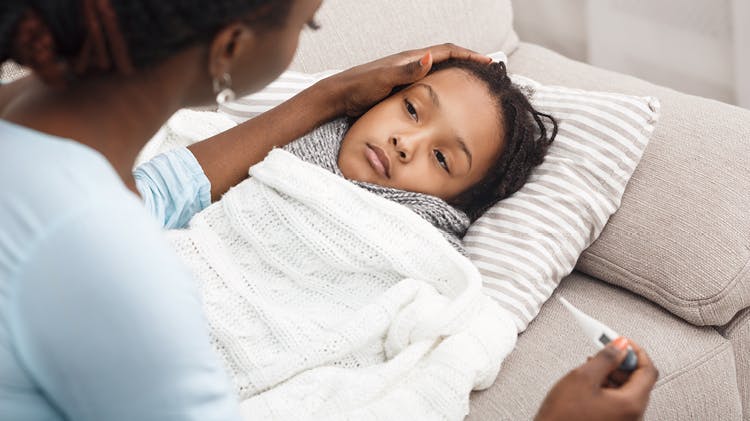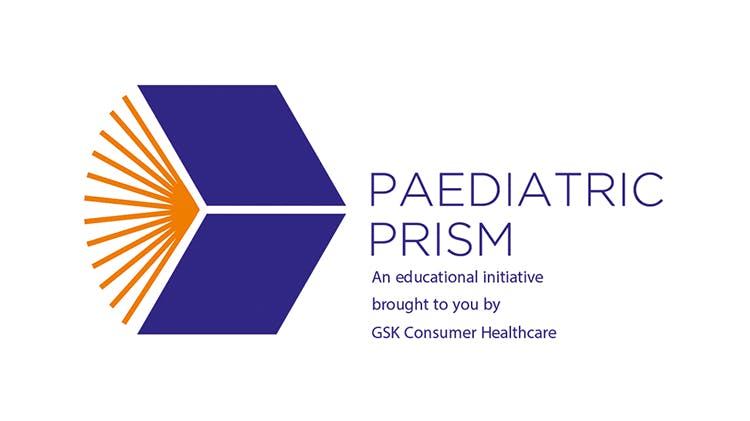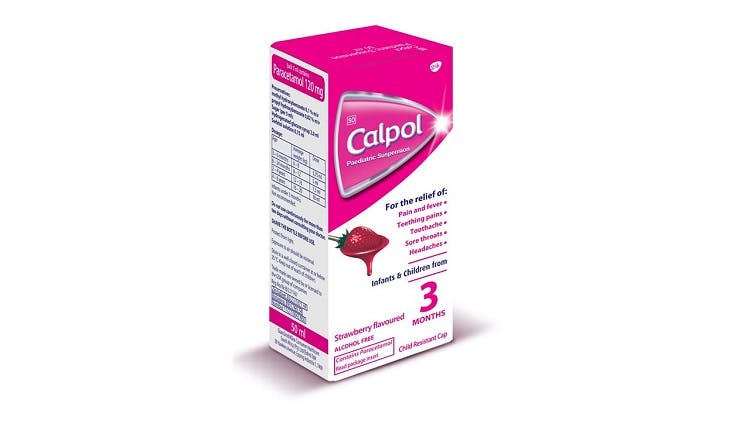Signs and symptoms of fever

A fever is temporary as the body temperature rises due to an infection or any other secondary cause. It is a sign that something is going on within the body that needs to be looked into.1
Usually adults with a fever may feel uncomfortable and it is not much of a concern unless the temperature reaches 39.4°C or higher.1 For children, a temperature of more than 38°C is indicative of a fever.2
Symptoms of fever

Symptoms of fever in adults1,3
Symptoms of fever in adults include sweating, chills and shivering, headache, muscle aches, loss of appetite, irritability, dehydration and a sense of general weakness.
Other symptoms would depend on the cause of the fever. Some examples are:
Cause |
Symptoms |
Dysentery or gastroenteritis |
Vomiting Diarrhoea (with or without presence of blood) |
Upper respiratory tract infection |
Cough Runny nose Sore throat Sinus or nasal congestion |
Urinary tract infection |
Painful urination Back pain Increased frequency in urination |
Skin or soft tissue infection |
Focus of infection like a rash or abscess |

Symptoms of fever in children1,2
Other than a raised temperature of more than 38°C, children may exhibit symptoms of fever differently from adults.1,2
Febrile children may not be as active or talkative as usual or may seem fussier, less hungry but thirstier. On touching the child, they may feel hot or warm.2
As in adults, other symptoms associated with the cause of fever will also be apparent.

Recognising “red flag” symptoms1,4
Adults with fever must be referred to a doctor if there is accompanying:
| severe headache |
| unusual skin rash |
| unusual sensitivity to bright light |
| stiff neck or if there is pain when they bend the head forward |
| mental confusion |
| persistent vomiting |
| difficulty in breathing or chest pain |
| abdominal pain |
| convulsions or seizures |
Children with fever must be referred if:
| the colour of skin, lips or tongue turn blue |
| does not respond to social signs, does not wake up if roused or, has a weak, high-pitched or continuous cry |
| there is grunting or chest draws into the body |
| the skin looks dry |
| if the child is < 3 months with a fever of > 38°C, has a coloured rash, neck stiffness or seizures. |
Understanding fever

What can you recommend to your patients for fever?
Find out more about both non-pharmacological and pharmacological treatments for fever in both adults and children.
Learn more

Releases paracetamol 2X faster5*
The revolutionary Optizorb technology allows Calpol Tablets to begin disintergrating in 5 minutes1 and start to relieve pain within 15 minutes with 2 tablets (1000 mg dose).3 May be suitable for special populations including those with cardiovascular disease,4 heart conditions,5-7 hypertension,6 the elderly8 and diabetics.9

Icon for clinical recommendation
Paracetamol is the 1st line choice for treatment of mild-to-moderate pain as recommended by recognised, international expert associations6-12 for:
- knee osteoarthritis (conditionally recommended)
- acute and persistent pain in the elderly
- tension-type headache or part of combination therapy for acute migraine
pain and fever associated with vector-borne disease for which NSAIDs are not recommended.

Tough** on fever and pain,8 gentle on the child8,9‡
Calpol paediatric suspension contains paracetamol, which is recommended as first-line treatment for fever and mild-to-moderate pain in children.2-4 It starts to relieve fever within 15 minutes of dosing.1,5-7